NVIDIA RTX 3090 vs RTX 4070: A Comprehensive Comparison for High-End GPU Users
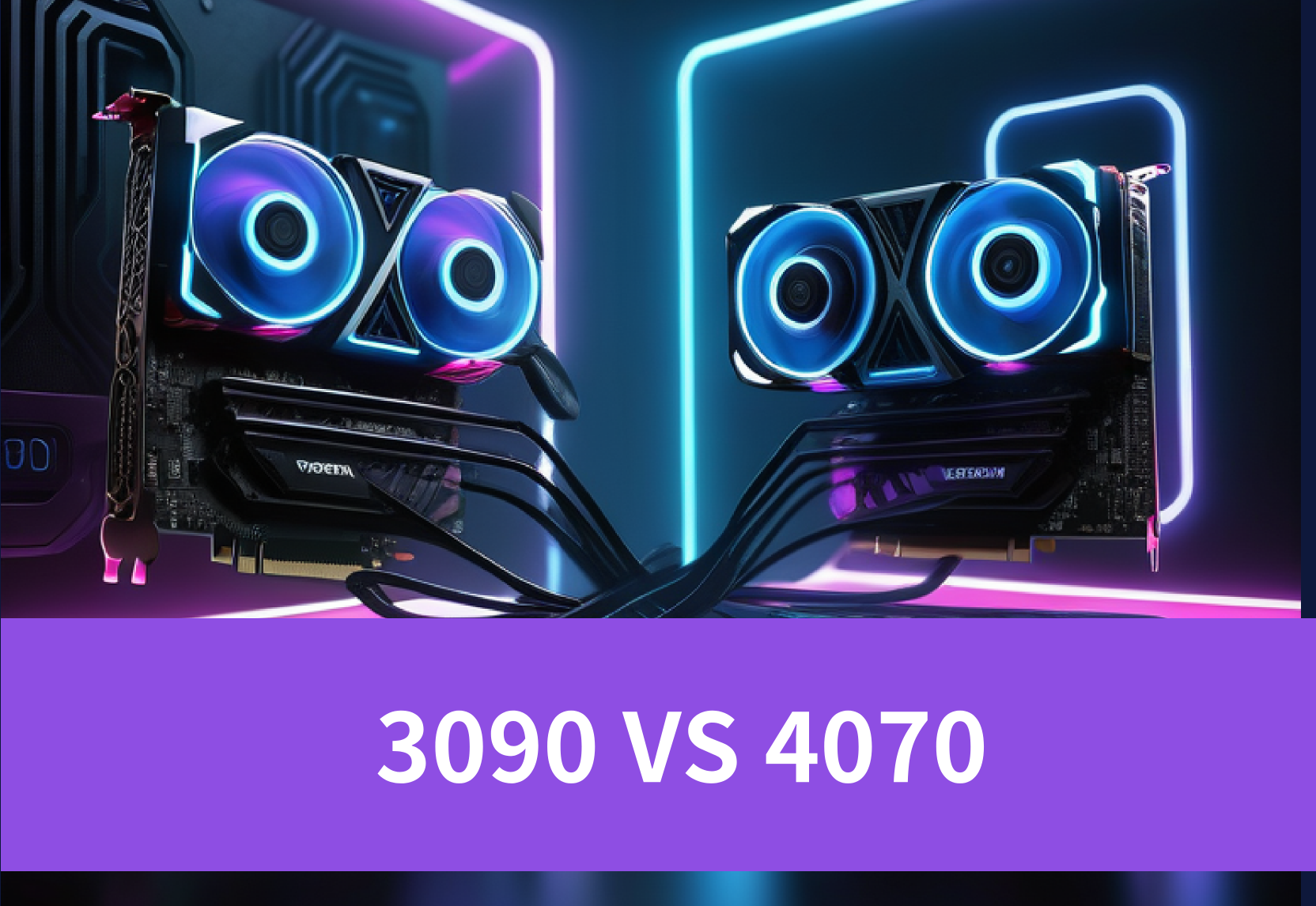
Introduction
In the realm of high-performance graphics processing, the NVIDIA RTX 3090 and the RTX 4070 stand as towering figures, each offering a unique set of capabilities to the discerning user. Whether you’re an enthusiast gamer, a professional content creator, or a researcher in need of cutting-edge computational power, understanding the nuances between these two GPUs is crucial. This article will guide you through a detailed comparison, exploring performance benchmarks, memory and bandwidth, ray tracing and AI capabilities, power consumption, and the value proposition of each GPU. Additionally, we’ll delve into how Novita AI GPU Instance can provide access to the NVIDIA RTX 3090’s power through cloud-based solutions.
Overview of RTX 3090
Released in September 2020, the RTX 3090 has been a staple for enthusiasts and professionals seeking unparalleled performance. Built on NVIDIA’s Ampere architecture, it boasts 24GB of GDDR6X memory and 10496 CUDA cores. The RTX 3090 is designed for extreme gaming, 8K resolution, and demanding computational tasks, making it a favorite among gamers, content creators, and researchers.
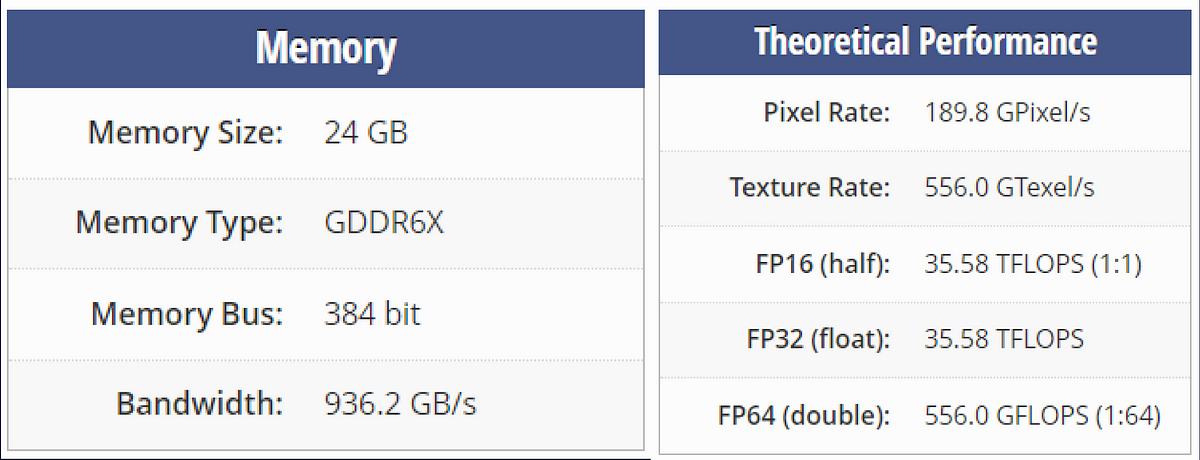
Overview of RTX 4070
The RTX 4070, part of the newer Ada Lovelace series, was introduced with several architectural advancements over its predecessors. It features 12GB of GDDR6 memory and a streamlined core count optimized for efficiency and performance. Aimed at providing high performance at a more accessible price point, the RTX 4070 caters to both gamers and professionals looking for a balance between cost and capability.
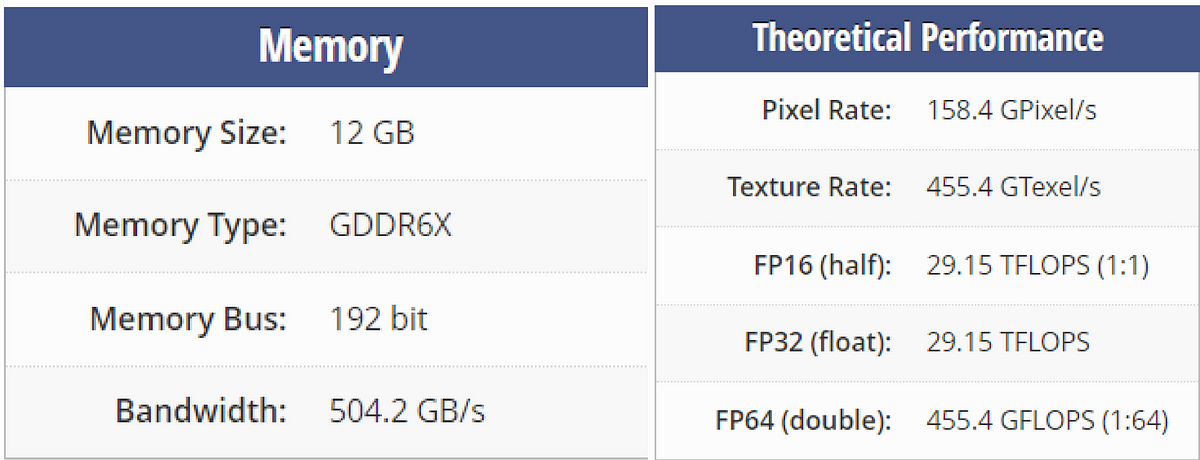
Performance Benchmarks
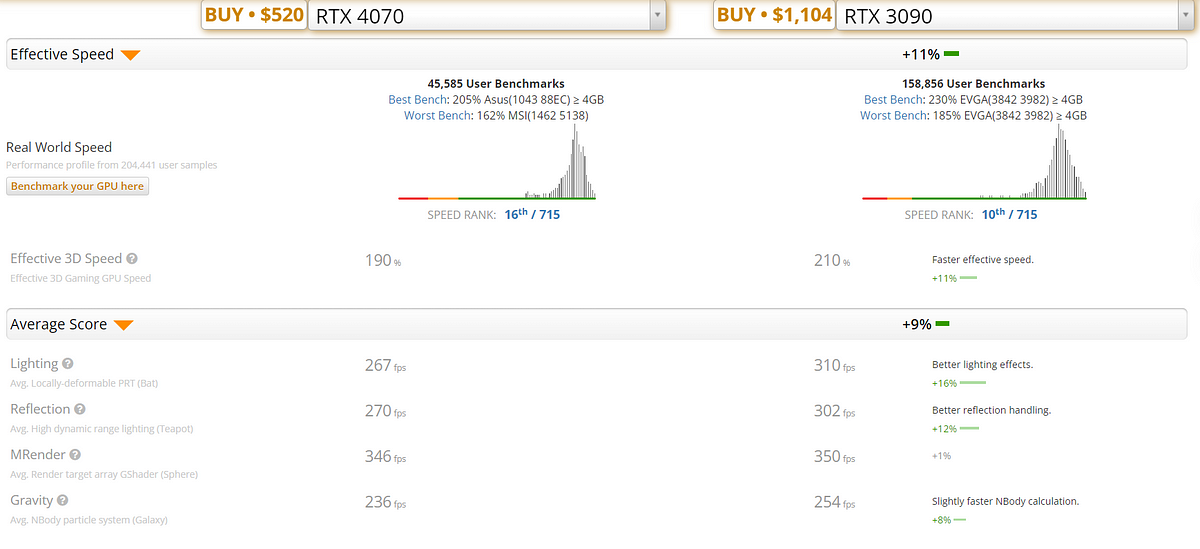
Gaming Performance
For gamers, frame rates and resolution capabilities are critical. The RTX 3090 excels in delivering smooth gameplay at 4K and even 8K resolutions, thanks to its massive memory bandwidth and core count. The RTX 4070, while not as powerful as the 3090, offers impressive performance at 1440p and 4K, with enhanced ray tracing and DLSS capabilities that improve visual quality and frame rates.
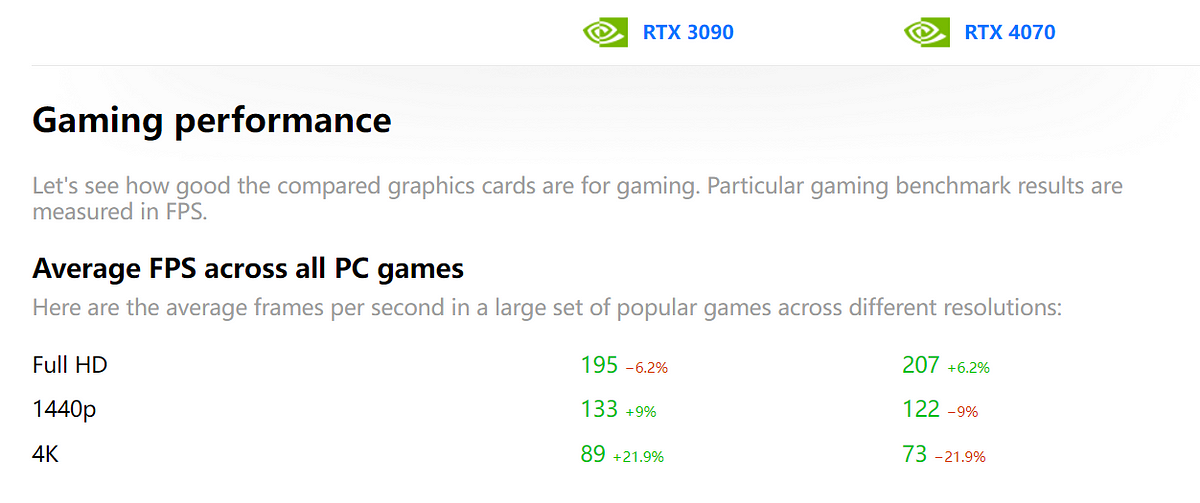
Professional and Creative Workload Performance
In professional settings, the RTX 3090’s 24GB of memory is invaluable for tasks like 3D rendering, video editing, and AI training. It significantly reduces rendering times and handles large datasets with ease. The RTX 4070, with its efficient architecture, performs admirably in similar tasks, offering a cost-effective solution for professionals who do not require the absolute peak performance of the 3090.
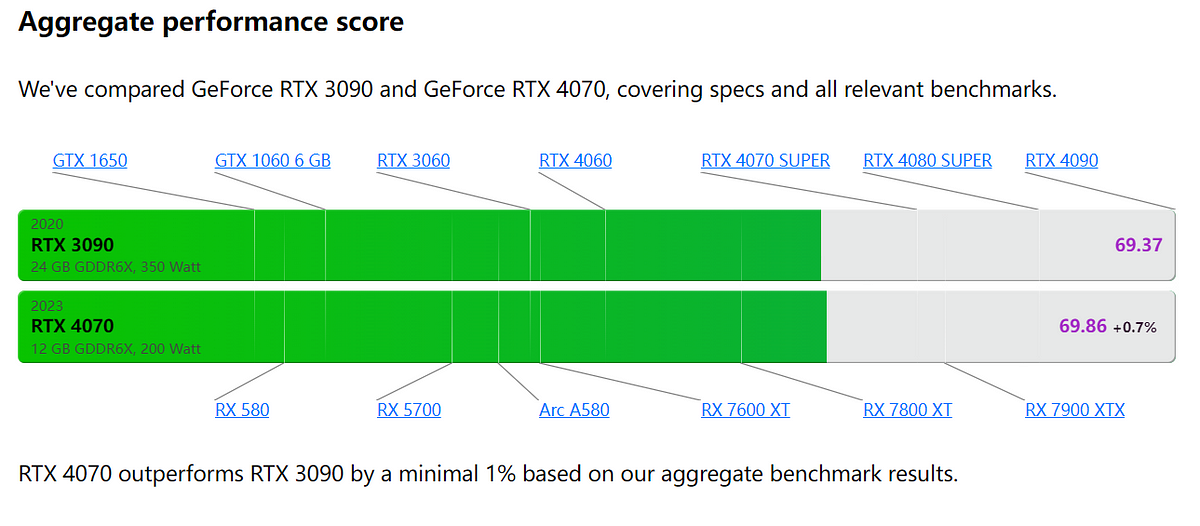
Memory and Bandwidth
VRAM Specifications
The Video RAM (VRAM) in a GPU plays a crucial role in handling high-resolution textures, large datasets, and complex scenes. The RTX 3090 is equipped with a massive 24GB of GDDR6X VRAM, which is among the highest available in consumer GPUs. This significant memory capacity allows for seamless 8K gaming, large-scale 3D rendering projects, and extensive machine learning tasks without performance bottlenecks.
On the other hand, the RTX 4070 comes with a more modest 12GB of GDDR6 VRAM. While this is only half the capacity of the RTX 3090, it is still substantial for most gaming and professional applications. The 12GB VRAM is sufficient for 4K gaming, video editing, and other demanding tasks, making it a well-rounded choice for users who do not need the extreme capabilities of the RTX 3090.
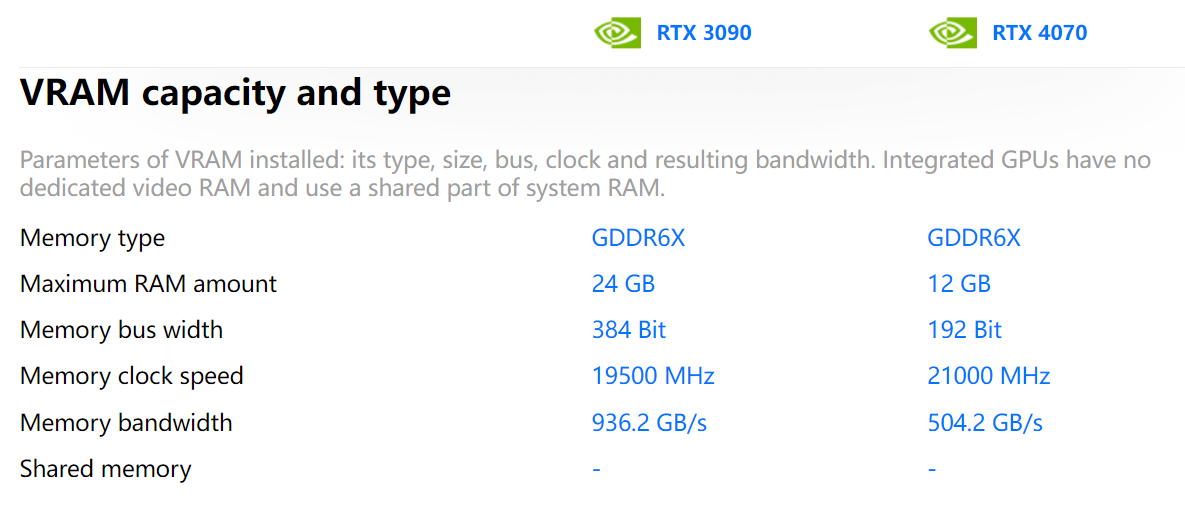
Memory Bandwidth
Memory bandwidth is a critical factor in determining how quickly data can be read from or written to the VRAM. The RTX 3090 features a memory bandwidth of 936.2 GB/s, thanks to its 384-bit memory bus and high-speed GDDR6X memory. This high bandwidth ensures that the GPU can handle large amounts of data rapidly, which is essential for high-resolution gaming and intensive computational tasks.
The RTX 4070, although equipped with a narrower 192-bit memory bus, still manages to deliver a respectable memory bandwidth of 504.2 GB/s. This is achieved through the use of efficient GDDR6 memory. While it may not match the raw bandwidth of the RTX 3090, the RTX 4070’s bandwidth is more than adequate for most users, providing smooth performance in gaming and professional applications.
Ray Tracing and AI Capabilities
Ray Tracing Performance
Ray tracing technology has revolutionized the way lighting, shadows, and reflections are rendered in games, offering a more realistic and immersive visual experience. The RTX 3090 excels in this area with its 82 Ray Tracing (RT) cores, providing exceptional performance in ray-traced games and applications. It delivers stunning visuals at 4K and even 8K resolutions, maintaining high frame rates in the latest ray-traced titles.
The RTX 4070, equipped with 36 RT cores, also offers impressive ray tracing capabilities, particularly for its price point. While it may not achieve the same level of performance as the RTX 3090 in the most demanding ray-traced games, it still provides a high-quality ray tracing experience at 1440p and 4K resolutions. The RTX 4070’s ray tracing performance is bolstered by advancements in NVIDIA’s RTX technology, making it a strong contender for gamers looking for a balance between visuals and performance.
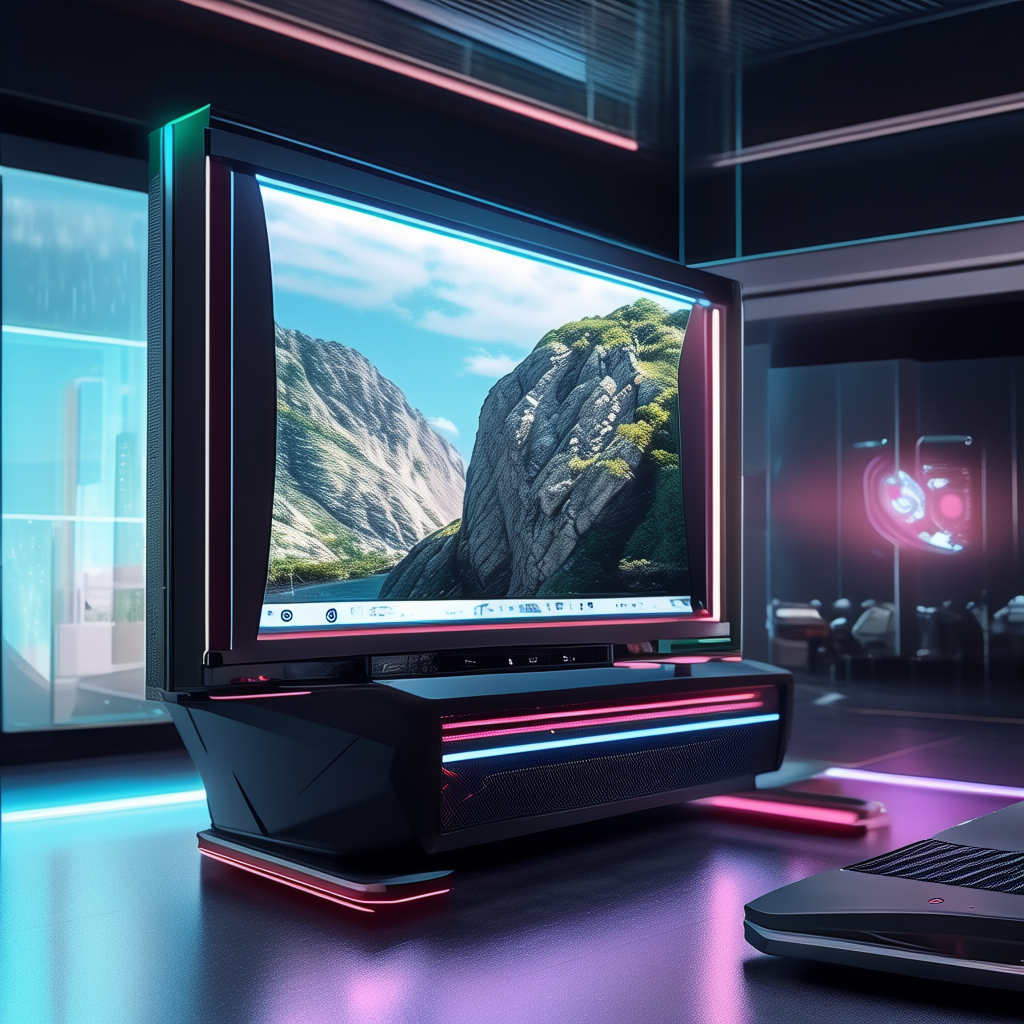
AI Processing
AI processing has become increasingly important in modern GPUs, with applications ranging from deep learning to gaming enhancements. The RTX 3090 is a powerhouse in AI processing, featuring 328 Tensor Cores designed for AI computations. These Tensor Cores enable features like NVIDIA DLSS (Deep Learning Super Sampling), which uses AI to upscale lower-resolution images in real-time, providing higher frame rates without compromising image quality. This makes the RTX 3090 ideal for AI research, deep learning tasks, and achieving superior gaming performance with DLSS.
The RTX 4070, with its 96 Tensor Cores, also supports AI-driven features like DLSS, enhancing gaming performance and visual fidelity. While it has fewer Tensor Cores compared to the RTX 3090, the RTX 4070 still delivers robust AI processing capabilities, making it suitable for a range of applications from gaming to professional AI workloads. Its AI processing power is sufficient for most users, offering a significant performance boost in supported games and applications.
Novita AI GPU Instance: Harnessing the Power of NVIDIA RTX 3090
Novita AI GPU Instance provide access to the power of NVIDIA RTX 3090 GPUs and RTX 4090 through the cloud. Novita AI GPU Instance, which offers a robust platform for developers to harness the capabilities of high-performance GPUs. These pods are tailored to meet the needs of complex computational tasks and are equipped with the latest technology to ensure optimal performance.
Access to Advanced GPU Technology:
- Novita AI GPU Instance provides cloud access to high-performance NVIDIA RTX 3090 and RTX 4090 GPUs, enabling developers and businesses to leverage cutting-edge graphics processing technology without the need for physical acquisition.
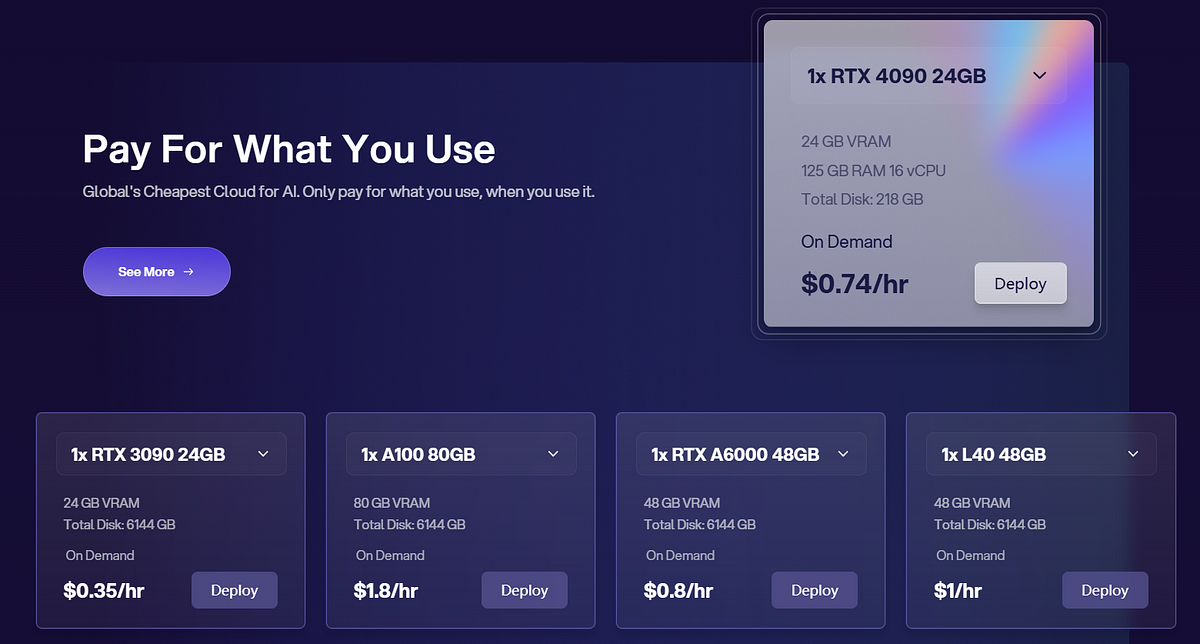
Cost-Effective Solution:
- Avoid the high upfront costs associated with purchasing expensive hardware like the RTX 3090. Novita AI’s GPU Instance offers a subscription-based model that converts large capital expenditures into manageable operational expenses.
Scalability and Flexibility:
- Easily scale GPU resources up or down based on your project’s requirements. This flexibility allows for efficient resource management, ensuring you only pay for what you use.
Focus on Core Development:
- Developers can concentrate on their core tasks and innovation without the burden of maintaining and managing physical GPU hardware. This removes operational complexities and can lead to faster project completion.
By choosing Novita AI GPU Instance, developers can efficiently scale their GPU resources and focus on their core development activities without the hassle of managing physical hardware. For more information on how to get started with Novita AI GPU Instance, interested parties can visit their official website at the provided link.
Conclusion
The NVIDIA RTX 3090 and RTX 4070 are both formidable GPUs, each with its strengths and ideal use cases. By examining their performance, memory capabilities, power consumption, and value, you can make an informed decision on which GPU is the right fit for your needs. And for those seeking the power of the RTX 3090 without the hardware investment, Novita AI GPU Instance offer a compelling alternative.
Frequently Asked Questions
Should I get a new RTX 4070 or a used 3090 for nearly the same price?
If you can drop another $600-$700 on a GPU 2 years from now then the 3090 is gonna be a great option. Otherwise the new 4070 is going to have more longevity. Especially as more and more games adopt frame generation.
Is 750W enough for RTX 4070?
If you’re uninterested in future-proofing or just want to keep costs down for this build, then you’ll be alright with a 750W PSU.
What CPU to pair with 4070?
- AMD Ryzen 7 7800X3D. Best CPU for the RTX 4070 and 4070 Ti.
- Intel Core i5–13600K. Best Intel CPU for the 4070 and 4070 Ti.
- AMD Ryzen 9 7950X3D. The most powerful AMD CPU.
- AMD Ryzen 5 7600X. Best budget CPU for the RTX 4070 and 4070 Ti.
Novita AI is the All-in-one cloud platform that empowers your AI ambitions. Integrated APIs, serverless, GPU Instance — the cost-effective tools you need. Eliminate infrastructure, start free, and make your AI vision a reality.
Recommended Reading: